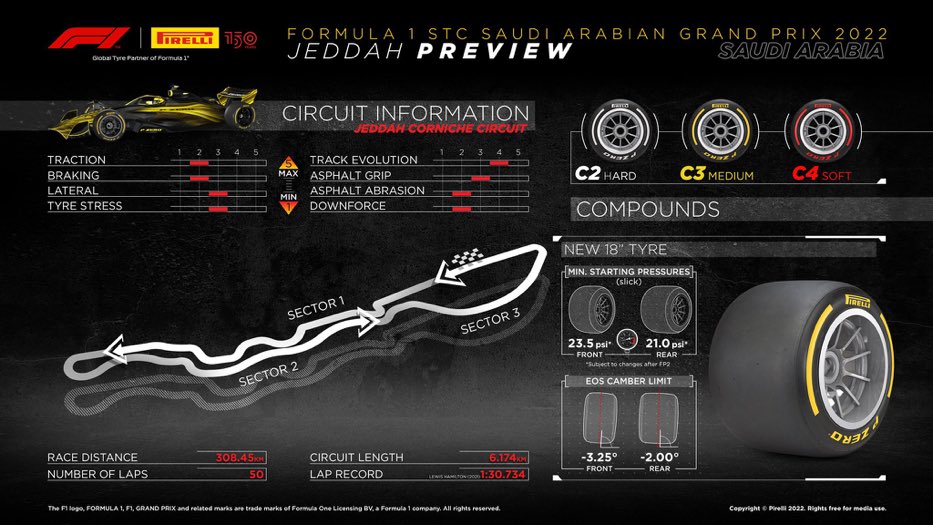Fuel cavitation tends to occur as the last dregs of fuel are being pumped around near-empty tanks. As can be imaged, the fuel is heavily sloshed around because of the loads being fed into the car and no matter how well-designed the tank’s baffling system, the temperature of the fuel increases when this occurs.
At a certain point of temperature the fuel begins vaporise and there will be a vapour lock in the pump, the fuel pressure dives and the pump is briefly pumping fresh air. The sudden load changes as the system pressurises and depressurises (together with the excess heat inside the pump from the vaporising fuel) will tend to damage the pumps and eventually they can no longer feed fuel to the engine.
The E10 fuel introduced this year runs at a higher temperature than the full fossil fuel previously used and so the cavitation threshold has changed. Only those teams with enough preparation time to do full race simulations in testing, including running the tanks almost dry, found this out.



 Piss off.
Piss off.